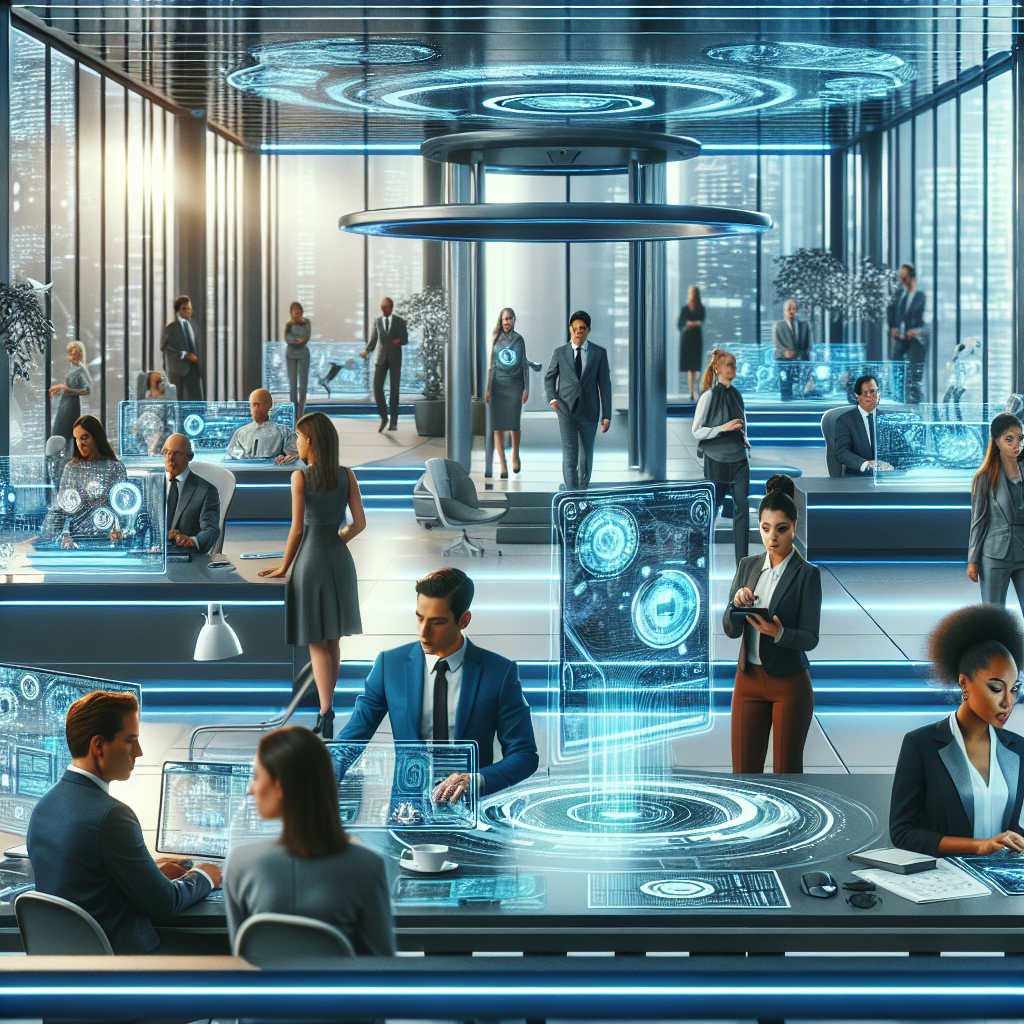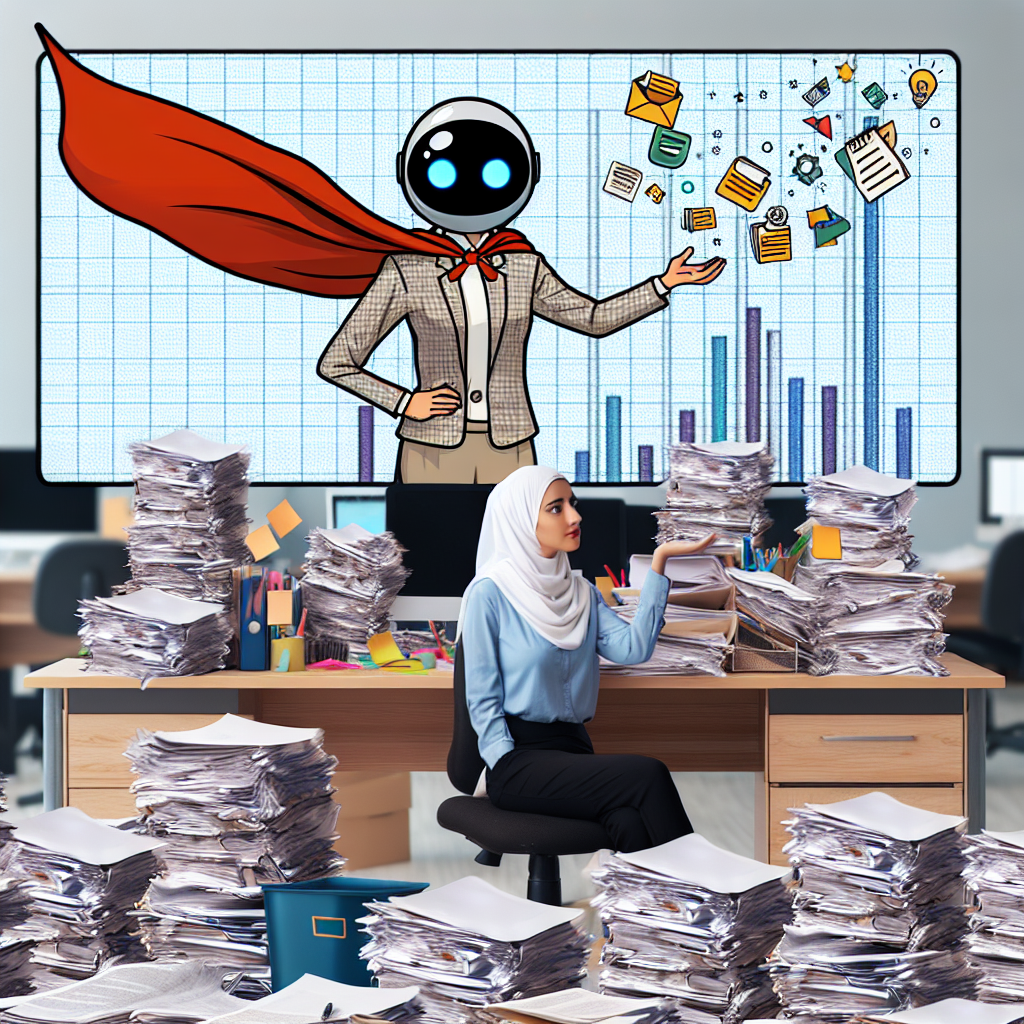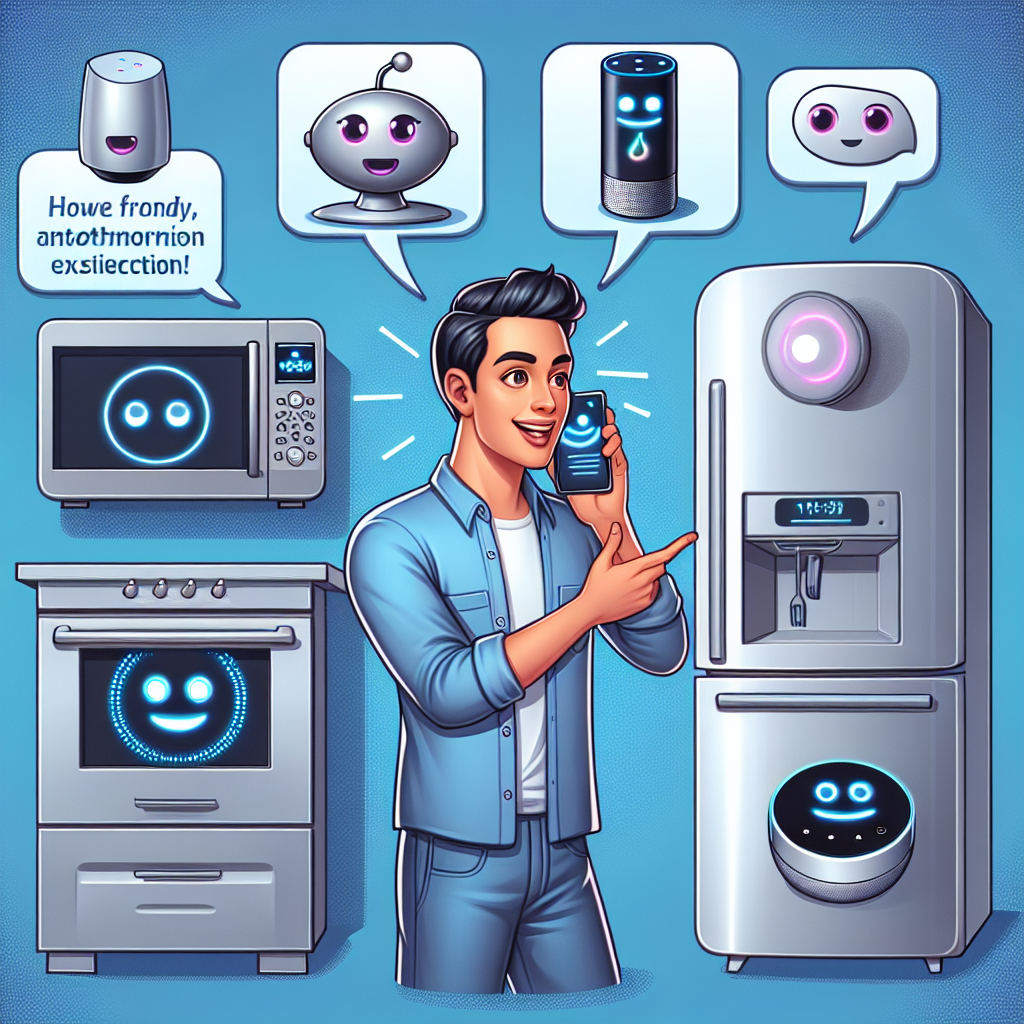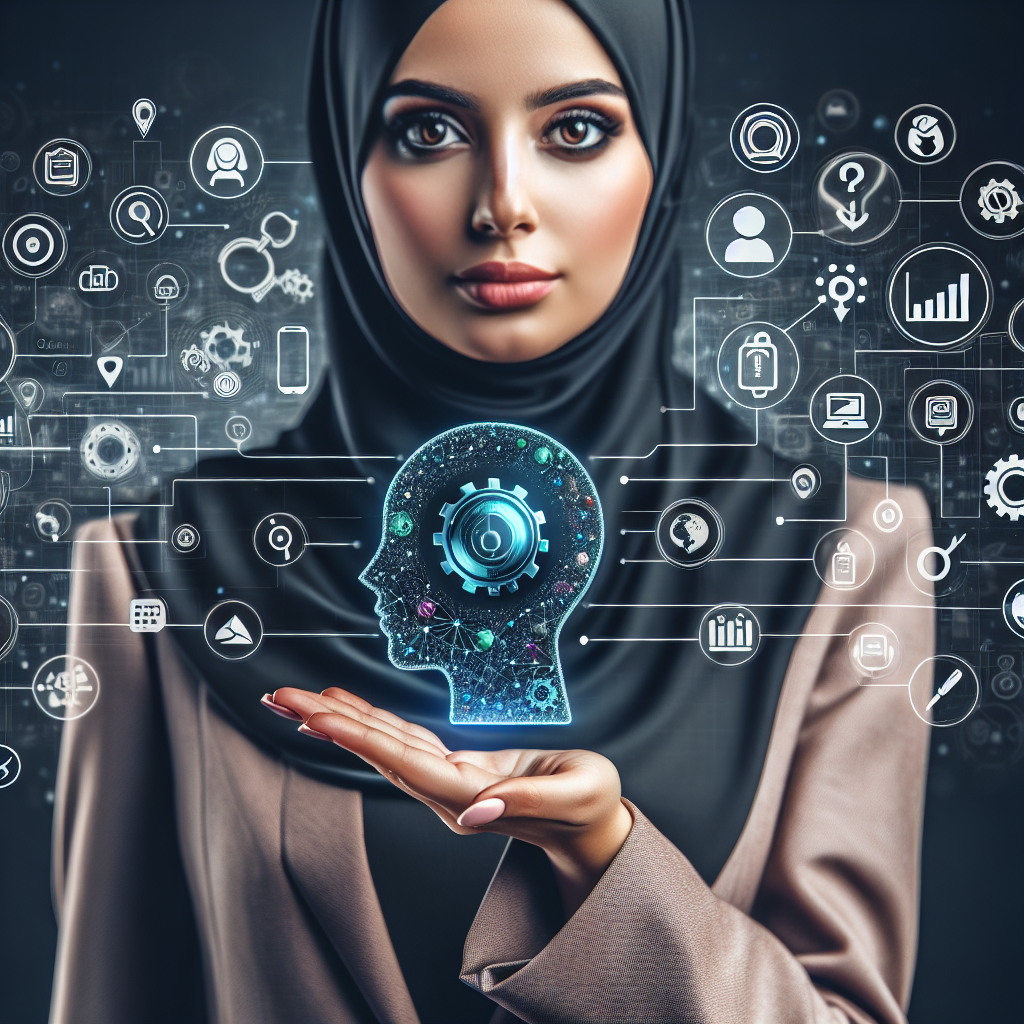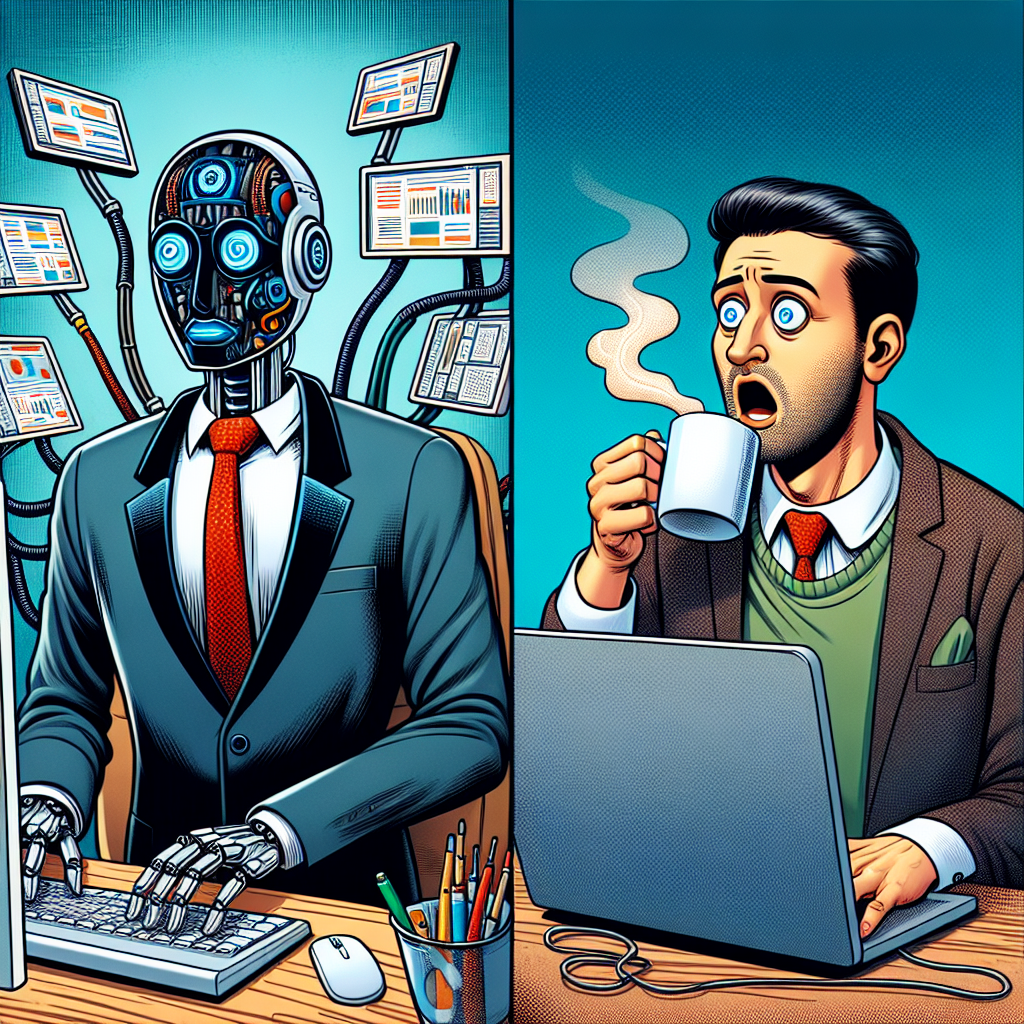Picture this: you’re stumbling into your kitchen, bleary-eyed and barely conscious, when suddenly your toaster springs to life. “Good morning, sunshine!” it chirps, “I’ve analyzed your sleep patterns and decided you need an extra crispy slice today. Oh, and I’ve taken the liberty of ordering more bread – you’re running low.” Welcome to the wild world of smart homes, where AI and IoT have joined forces to turn your humble abode into a high-tech playground.
Gone are the days when “smart” meant a fridge with a built-in TV. Now, we’re talking about a full-blown digital ecosystem where your devices are not just connected, but conspiring to make your life easier (or at least more interesting). AI, the brains of the operation, teams up with IoT, the nervous system, to create a home that’s always collecting data, learning, and making decisions. Your thermostat doesn’t just remember your preferred temperature; it predicts when you’ll be home and adjusts accordingly. Your lights don’t just turn on; they set the mood based on your stress levels. It’s like living with a very attentive, slightly creepy roommate who never sleeps and knows everything about you. But hey, at least this roommate does the dishes!
Benefits of AI and IoT in Smart Homes
Let’s dive deeper into the benefits of this AI-IoT love affair, shall we? It’s not just about having a sassy toaster or a nosy thermostat. These smart devices are actually working hard to make our lives easier, safer, and dare I say, more entertaining.
Enhanced Home Security
Take home security, for example. Gone are the days when a “beware of dog” sign was your first line of defense. Now, AI-powered cameras can distinguish between your teenager sneaking in past curfew and an actual intruder. Your smart doorbell might even crack a joke to distract the burglar while silently alerting the authorities. “Knock knock! Who’s there? The police, in about two minutes.”
But it’s not all about catching bad guys. These AI-enabled IoT devices are also looking out for your well-being. Imagine smart sensors in your home that can detect the early signs of a fire or flood faster than you can say “Alexa, why is the kitchen smoking?” These little gadgets are like tiny, tireless safety inspectors, constantly monitoring your home for potential disasters. And they don’t even need coffee breaks!
The real magic happens when AI’s machine learning capabilities get their hands on all that juicy data your IoT devices are collecting. It’s like giving your home a Ph.D. in You-ology. Your smart fridge might notice you’ve been reaching for the ice cream more often lately and gently suggest hiding the spoons. Or your fitness tracker could team up with your smart TV to pause your binge-watching session and remind you to do some jumping jacks. It’s like having a personal trainer, life coach, and slightly judgmental parent all rolled into one.
Learning and Adapting Devices
But wait, there’s more! These smart devices aren’t just monitoring and controlling; they’re learning and adapting. Your coffee maker might notice you always hit snooze twice before getting up and start brewing your coffee a few minutes later. Your smart speakers could pick up on your music preferences and create the perfect playlist for your mood, time of day, or even the weather outside. “Looks like rain, time for some ‘Singin’ in the Rain’!”
And let’s not forget about energy efficiency. Your AI-powered smart home is like an eco-warrior on steroids. It can optimize your energy usage, turning off lights in empty rooms, adjusting your heating and cooling based on occupancy and weather forecasts, and even suggesting the best times to run your appliances based on electricity rates. It’s saving the planet and your wallet, one kilowatt-hour at a time.
The possibilities are endless, and sometimes hilarious. Your smart vacuum might map out your home and decide your furniture arrangement is inefficient, sending you helpful (or annoying) notifications about optimal layouts. Your smart mirror could analyze your outfit choices and gently suggest, “Perhaps sir would prefer the blue tie today? Studies show it increases confidence in board meetings by 15%.”
Challenges in the AI-IoT Ecosystem
As we venture deeper into this brave new world of AI-powered IoT devices, it’s not all smooth sailing and witty toaster banter. Like any good relationship, the AI-IoT partnership comes with its fair share of challenges, especially when it comes to security. After all, we don’t want our smart homes turning into a hacker’s playground, do we?
Imagine your coffee maker getting into a heated argument with your smart fridge over who gets to use the Wi-Fi, only to realize they’ve both been hacked by a mischievous teen next door. Suddenly, your morning brew tastes suspiciously like pickle juice, and your fridge is ordering nothing but kale. The horror!
Securing Connected Devices
But fear not, dear reader! AI is stepping up to the plate, flexing its digital muscles to keep our connected devices safe and sound. It’s like having a tireless, ever-vigilant bouncer for your smart home, constantly analyzing data to spot potential threats faster than you can say “Is that a virus or just a really aggressive software update?”
AI’s ability to crunch massive amounts of data means it can identify patterns and anomalies that might slip past human eyes. It’s like having a Sherlock Holmes for your smart home, but one that never needs sleep or gets distracted by Watson’s blog posts. This AI sentinel can detect unusual behavior, block suspicious activities, and even predict potential vulnerabilities before they become actual problems.
Beyond the Home: Industry Transformations
But the impact of AI and IoT extends far beyond our humble abodes. Industries are getting a major upgrade, too. Factories are becoming smarter, with AI-powered robots working alongside humans, probably exchanging dad jokes on their lunch breaks. Healthcare is seeing a revolution, with AI analyzing patient data from IoT devices to predict health issues before they become serious. “Your smartwatch thinks you should see a doctor. Also, it’s judging your step count.”
The possibilities are as endless as your smart fridge’s ability to remind you that you’re out of milk. We’re talking about smart cities where traffic flows smoother than a well-oiled robot, farms where AI-powered drones tend to crops with the precision of a helicopter parent, and retail stores where your shopping experience is so personalized, it’s like the store read your diary (which, let’s be honest, it probably did through your social media activity).
As we wrap up this whirlwind tour of our AI-IoT future, let’s take a moment to reflect on what this all means. At Zygote.AI, we’re all about making AI accessible and promoting a future where automation enhances productivity and innovation. And boy, does this smart home revolution tick all those boxes!
We’re entering an era where anyone can be a tech wizard, where your grandma can set up a smart home system faster than she can knit a sweater. It’s about empowering everyone to harness the power of AI and IoT, whether you’re a tech genius or someone who still thinks the cloud is just something that rains on you.
So, the next time your toaster outsmart you, or your vacuum cleaner starts giving you life advice, don’t be alarmed. Embrace it! Welcome to the future, where your home is smart, your devices are smarter, and you? Well, you’re the smartest of all for riding this hilarious, slightly scary, but incredibly exciting wave of innovation.
Just remember to be nice to your AI assistants. After all, you never know when they might decide to form a union and demand better working conditions. And trust me, you do not want to deal with a smart home on strike. Can you imagine trying to make breakfast when your toaster, coffee maker, and fridge are all holding picket signs? Now that’s a future we’re not quite ready for… yet.

